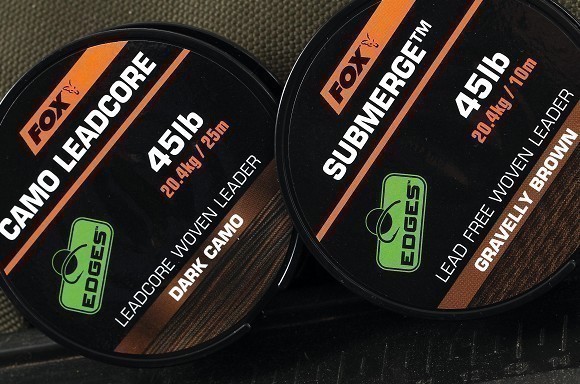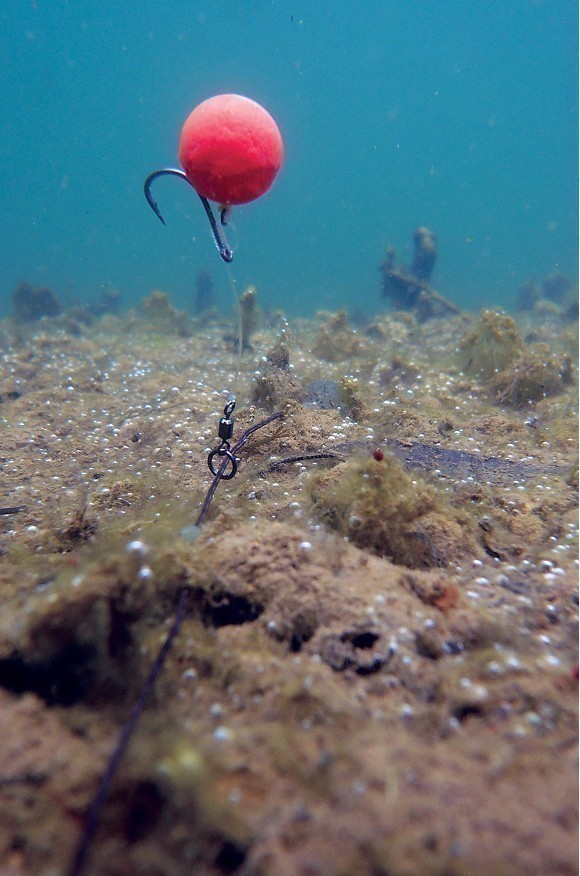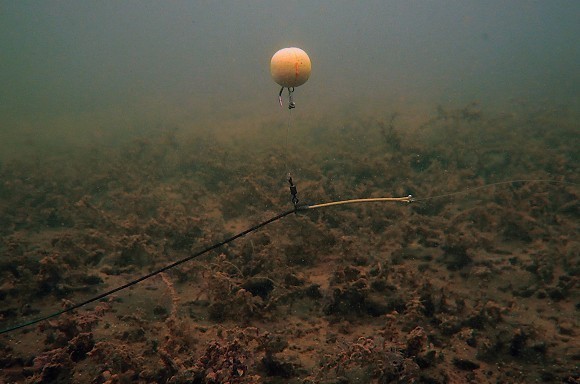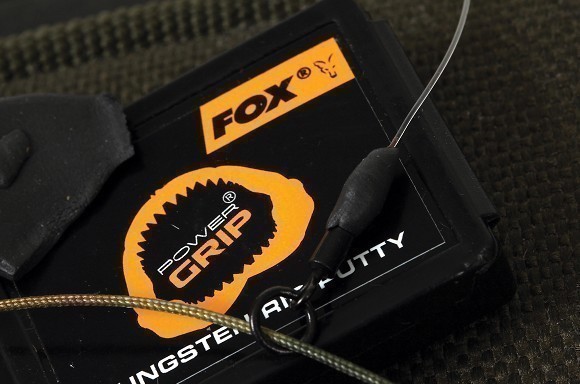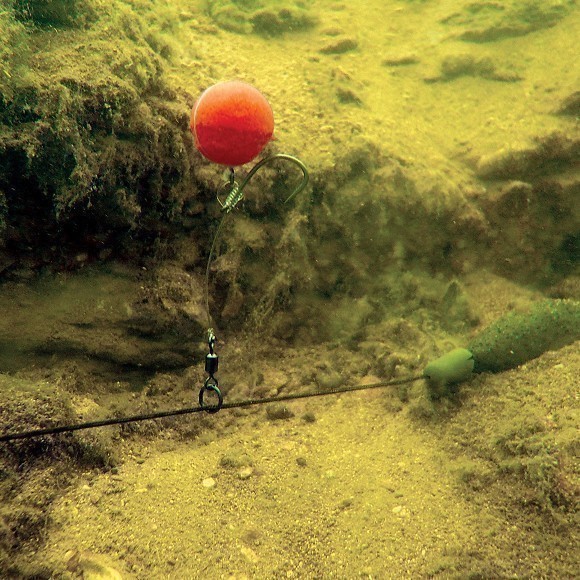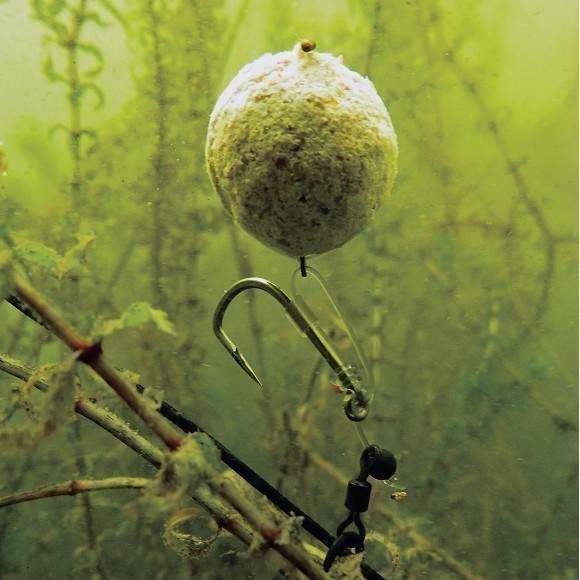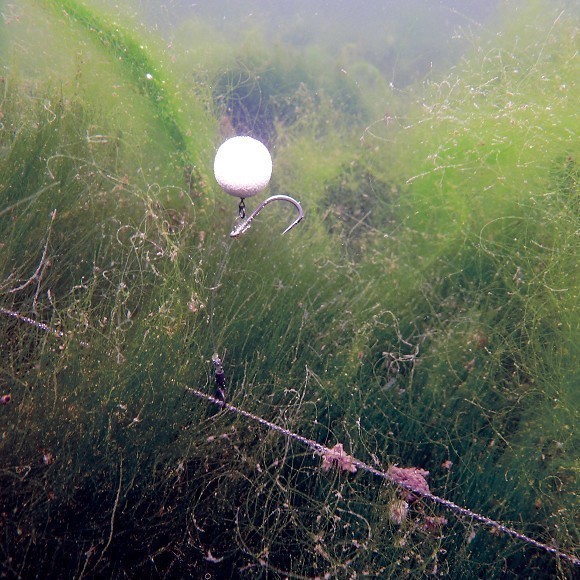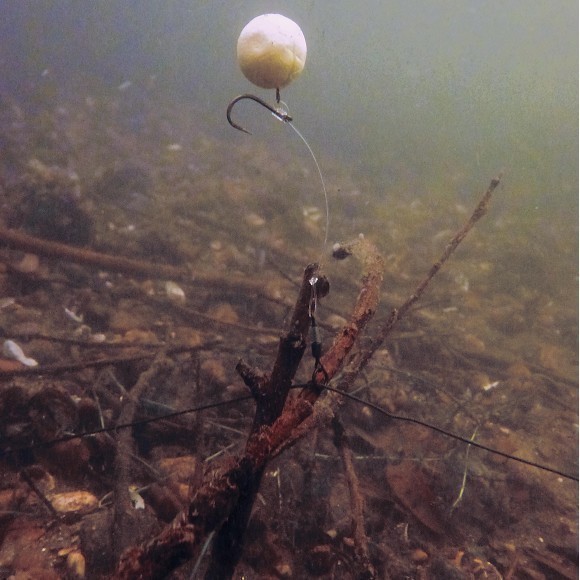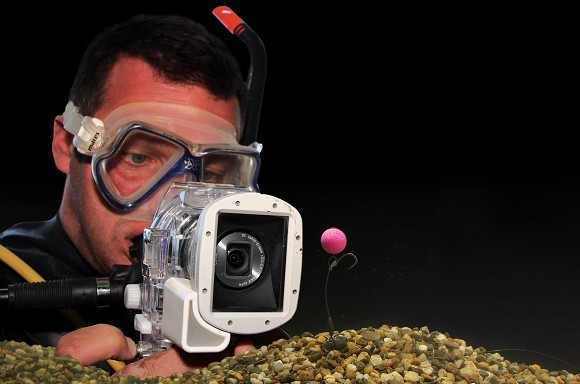
The underwater truth about Chods
Rob Hughes helps you improve your carping tactics by utilising his access to the underwater world!
Chod’s are an old concept, which became trendy again a few years ago when Jedi Hearn popularised them. However, because they were so effective there was a psychological backlash against them. Some would have you believe that Chod’s are for nods. That chucking a Choddie out is “not really proper angling” and that they are used by anglers that cannot think around having to present baits in difficult situations. What a load of rubbish!
I don’t actually see that many people use them now and believe me I get around a bit. Why? Because whilst they are excellent at presenting baits in what would otherwise be ‘no go’ areas, there are lots of things that can, and frequently do, go wrong with them. They don’t tangle, they generally land presentable, and they re-set themselves in the event of any movement. However, if set-up wrongly, they do have a habit of allowing fish to fall off.
01 Lead core versus naked
For me this choice depends on the make-up of the bottom. If I’m fishing over weed and the weed is high then I will use either Edges Submerge or Lead Core in weedy green to try and disguise it. I prefer the no stretch nature of these materials as they are better than stretchy nylon and are also a bit tougher.
If, however, the bottom is simple chod, dead leaves, low lying weed or patchy weed then I will opt for ‘naked’, but rather than fishing nylon through I will use a short length of Illusion which is slightly stiffer but as invisible as invisible can get below the surface.
02 Mechanics
My previous time with the Chod has shown me that the mechanics are the key. A slight curve in the material rather than straight or mega curved is the best, the swivel needs to have full and free movement, and also the bait needs to be able to slide on the ring. However, it’s the beads and how they are set, which will cause or prevent the intermittent problems of fish falling off. I used to get loads of bites, but half of them fell off in the early days. For me the key is the bottom bead and this is where the new systems of Chod Beads have to be used carefully.
When a fish picks-up the bait on a Chod Rig, the lead is not massively significant in hooking the fish. It’s all about tension from the line before the lead comes into play. If the fish is well hooked, the rig has to be able to slide down to the buffer bead as smoothly as possible, because if it does not, there will be a risk that the hook will bounce out.
03 Semi fixed vs. running
You can fish your rig either ‘semi fixed’ or ‘running’ and the main difference being that if you stop your lead or hit the clip, using a running rig will mean the hook will end-up right by the lead, whereas if you drill it in, it will end-up near the top buffer bead. Semi-fixed usually means either PVA’ing the Choddie into position where you want it or using a Naked Chod Bead set-up.
Running allows it to fly along the length of leader without resistance and both have their advantages. My choice is always dictated by whether I have to hit the clip or can allow it to drill in. Semi fixed has the advantage that you know the distance between the lead and hook is set, and in the event of a breakage the beads will separate and allow the rig to become tether free.
The running system allows the rig to slide freely to the top bead, which in my mind should be a soft rubber squash-able bead that will either pull over any knot if a leaderis used, or that the eye of the swivel can pull over in the event of a tether.
04 Weighting
If you are using leadcore, the Choddie will not usually need weighting, although if you are using a sliding top bead, make sure that when the Choddie is at the end of the leader, that there is enough weight to sink it. If you are using a ‘naked’ set-up then the Chod will need weighting, usually with tungsten putty. Don’t stop the swivel from spinning or turning when you apply it. The more movement there is the better the chance of a hook hold.
05 Depth of water
In my eyes, Choddies are more of a shallow water method than a deep-water method and this is dictated by line tension. I am a fan of tight line fishing in most situations but I feel that Chod’s work much better on a semi slack, to slack approach. Fishing them on a tight line can in deep water make the line stand out and can cause all sorts of problems, such as suspending the Choddie mid water. If you are fishing to a feature such as a bar, or close to a weedbed, then think about your line lay. The lead wants to land over the back of the bar not on the front edge or it will present badly.
06 Canadian
Canadian is a bit of a nightmare, and for me the best and only way to present into or on it is with a Choddie. Use as light a lead as you can do and use a teardrop shape, which is more aerodynamic in the weed and less likely to get snagged-up, and have a best guesstimate how deep the weed is. Once you know that you can fish pretty effectively and safely over the top of it.
The Chod should be set at one and a half times the depth of the weed e.g. if the weed is four-feet thick, set it at six-foot.
However, for shallower weed you may want to start at two-feet away from the lead. The Choddie should be semi fixed, either on a Chod bead or with PVA, and you should stop the line on the cast to allow the lead to swing back on the weed rather than dive into it. This has two benefits, firstly being it will not travel as far into the weed and thus be easier to get out, and secondly you will be laying your rig on top of the weed and getting a better presentation
07 Silkweed
Silkweed and low-lying stuff are a completely different proposition to Canadian. You don’t need to fix the distance and can also drill the lead in if you prefer rather than stopping it, but bear in mind that silkweed, particularly the candy floss algae stuff moves around a lot and is murder to fish over. It collapses at night and rises-up in the day, waves around a lot and the real fluffy stuff can move - covering your Choddie in the process. If you are fishing over this – recast regularly.
08 Obstacles and carp safety
09 Summary
It’s well worthwhile having at least one rod set-up on a Chod Rig. When you arrive at the lake it can be the first out and I have resurrected my love-hate affair with them by having one set-up as an opportunist rod that can be fired out at moving fish. Get it right…Bingo! Get it wrong…boohoo!





